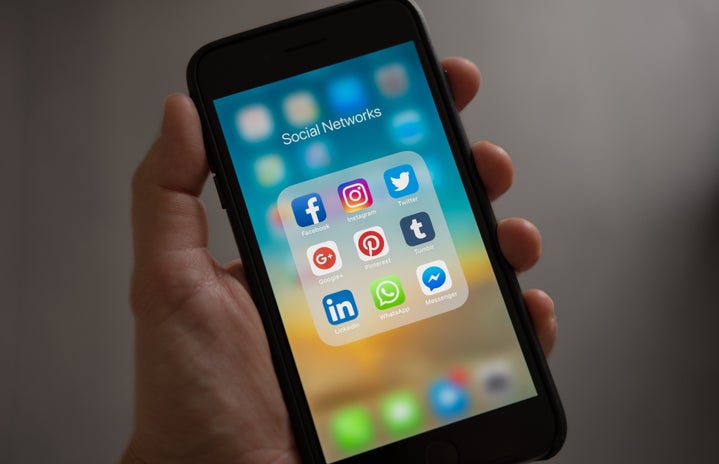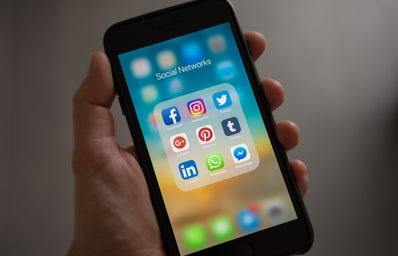“Bomboclat.” A word that many of you have been seeing all over Twitter, but do you really know what it means? Usually paired with an image, “bomboclat” is now being used as a post platform on Twitter for users to share tweets that match the context of the paired image. In essence, “bomboclat” is the new “sco pa tu manaa.” Similar to the phrase “sco pa tu manaa,” many think “bomboclat” is just a made-up word. However, this is not the case (for either phrase).
The word “bomboclat” derived from the African slaves on the island of Jamaica in the 17th century, primarily used to describe the cloth their slave masters used to wipe their bottoms and that the slaves were forced to clean. During this time period, the slaves created a language they could use to communicate with each other – one that the slave masters could not understand. Since they were not allowed to speak their native-tongue, they came up with Patois – a blend of broken English and African dialects. (Patois is commonly spoken on the island of Jamaican up until this day). “Bomboclat” is one of these Patois words. “Bombo” means, bottom and “Clat” means, cloth. When paired together, it means “bottom cloth” in the standard English translation – a cloth used to wipe your bottom.
In Jamaica today, the phrase “bomboclat” is considered a cuss (curse) or swear word. Many people use it when they’re extremely frustrated, stressed or more. Bomboclat holds the same effect as the “S-word” or the f-bomb in the United States and is considered “disrespectful” by the older generation. So, if you were to go to Jamaica and shout out “bomboclat” in public, you would get a variety of stares – from confusion to humor to disgust. In my household, I’m not even allowed to say “freaking” – much less “bomboclat” because of the negative connotation that it has. This is the same in many other Jamaican and Caribbean households.
You aren’t able to open a textbook and search for the word, “bomboclat” being that it was a part of the slave’s realistic history that is commonly left out of textbooks published in colonial nations. My sister and I had the privilege of learning about the slaves in Jamaica, the background of “bomboclat,” and other phrases directly from our Caribbean Studies teachers when we went to school in Jamaica. However, even in Jamaica, this specific part of slave history was not fully included in the textbooks.
It’s important to know that “bomboclat” is not the only phrase these slaves used, it’s just the one that caught the attention by the rest of the world and Twitter. There is way more that also end in “clat” as well.
So, how do we Jamaicans feel about seeing “bomboclat” plastered all over our timeline? It’s a blend. There’s a portion of Twitter called, “Jamaican Twitter” – which is just a community of young adults in Jamaica who are basically on Twitter. What I’ve mostly seen is people discussing how our presence and culture is so influential all around the world that even Twitter is attempting to claim a piece of it. I agree with this idea to an extent. However, it also annoys me to see the phrase “bomboclat” being used in the wrong context on my timeline. Though I know it’s used for comedy, it still seems weird.
I’d be lying if said I’ve never liked or retweeted some of the “bomboclat” tweets – only the ones that actually make sense – but, I just always feel a certain way when I initially see it. However, now that you know the meaning of “bomboclat,” you can share the background of the word’s origin with your friends or with people who don’t know what the word means.
Want to see more HCFSU? Be sure to like us on Facebook and follow us on Instagram, Twitter and Pinterest!



